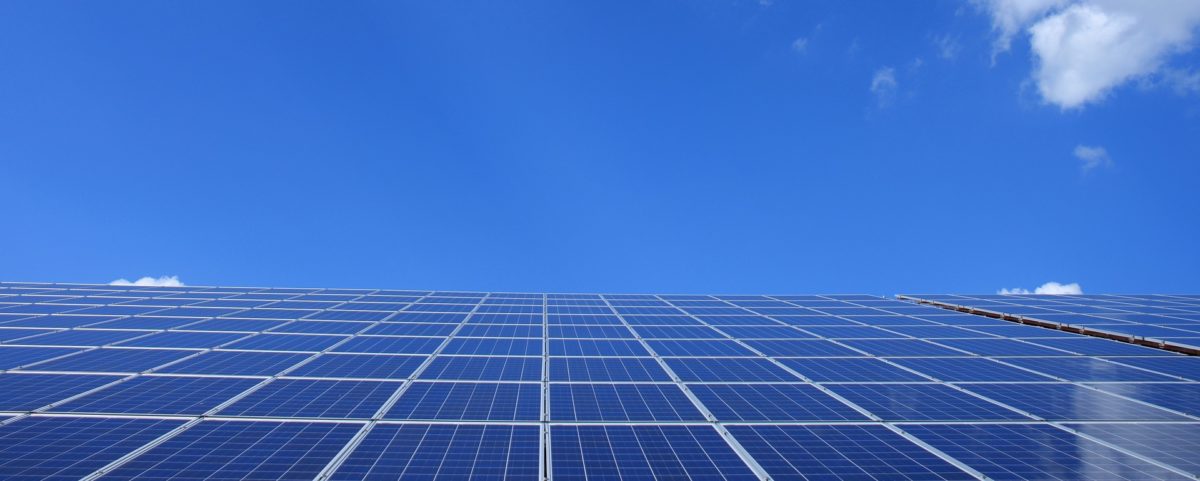The Government’s newly published hydrogen strategy is looking like a plan to protect the gas industry. It will, in effect if not motivation, be mainly concerned with keeping the supply of unmitigated natural gas flowing in the UK under the guise of promoting ‘blue’ hydrogen.
The announcement on the hydrogen strategy contains what many will see as a ‘giveaway’ section when it says that the Government will be: ‘working with industry to assess the safety, technical feasibility, and cost effectiveness of mixing 20% hydrogen into the existing gas supply. Doing so could deliver a 7% emissions reduction on natural gas’
To me this could be a sneaky attempt to simply maintain natural gas production either through (mainly) carrying on to produce methane without any decarbonisation at all or through production of ‘blue hydrogen’ for which it will be paid extra by the consumer. And in doing so this will achieve a pretty pathetically small amount of carbon reduction in the process – even assuming that blue hydrogen actually works to do this!
It is win win win for the gas industry whilst the consumer pays for what is on paper a 7 per cent reduction in emissions. But will it be even 7 per cent? According to a recent paper written by Howarth and Jacobson ‘blue’ hydrogen has a higher carbon footprint than burning pure natural gas itself. This is mainly attributed, by the paper, a) to carbon dioxide that is not captured during the process and also b) so-called fugitive emissions of methane released by the gas industry itself. The fugitive methane emissions are greater compared to natural gas because extra gas is needed to power the steam reformation process that takes the CO2 out of the natural gas whilst it is being turned into H2.
Energy guru Michael Liebreich has launched a visceral attack on Jacobson for this research output, saying that Howarth and Jacobson a) underestimate the degree to which fugitive emissions can be contained and b) that they also underestimate the likely improvements to be made in the efficiency of recovering carbon dioxide during the process of deriving hydrogen from methane.
Of course a big question is not only whether all of this is likely to happen, but whether it will be done at a cost that the consumers can be willing to pay. We don’t know the answer to these questions because the blue hydrogen system simply doesn’t exist. But, it seems, we are expected to take the oil and gas industry at its word and assume that everything will go as they hope.
The Government energy minister Anne-Marie Trevelyan was quoted in The Times as saying ‘that Britain would impose strict standards on any blue hydrogen it produced: “We will be absolutely rigorous that it’s low-carbon.”’ Really? How will the Government police fugitive emissions or will they just rely on assurances from the oil and gas companies themselves. And what will be the minimum standard for conversion of methane into hydrogen? Will this be 99 per cent, or somewhat less?
Some would compare the blue hydrogen position with that of controversies over use of imported biomass to power the Drax power station. Governments may say that there are strict sustainability tests, but these are widely criticised as being too weak or reliant on corporate interests to interpret. Certainly the Government’s desire to force blue hydrogen down the throats of British consumers to achieve a lackluster level of decarbonisation would seem to have a lot to do with satisfying dominant fossil fuel interests. This is as opposed to a consistent plan to seriously reduce carbon emissions by focussing on electrification of heating and the promotion of heat pumps.
David Toke

Like many so called inovations, hydrogen as a major fuel supply is dogged by uncertainty, similarly nuclear fusion. Haven’t we got enough genuine low carbon renewables to fit the bill?
There is a common theme, particularly in Europe, to rationalize the fundamental weakness in renewable energy, variability, by legitimizing the use of natural gas. It is the use of natural gas that permits the expansion of the use of wind and solar. The introduction of hydrogen is a variation of this strategy.
Renewable energy advocates should treat natural gas as a friend. It is nuclear power that is your enemy. Its expansion is a direct threat to expansion of RE, as it solves the variability problem.
Natural gas is the friend of wind power, not the enemy. Without natural gas to fill the frequent short term gaps in wind and the occasional long term wind droughts, the population would be in revolt threatening to hang wind power advocates from every wind turbine, The promise that in some future date, almost here, that blackouts would be solved by storage or some other hypothetical solution would not help. Hydrogen, made from natural gas, is a green-scrubbed much more expensive version of natural gas. It’s use is a consequence of a lack of any alternative solution for wind energy shortfall. Fix the problem .
I don’t think we’re going to follow advice that is based on opposition to our aims